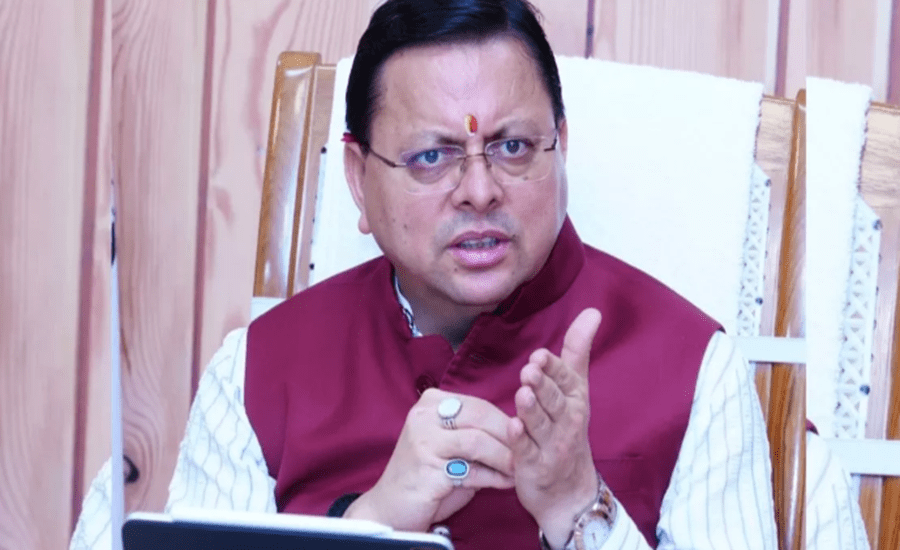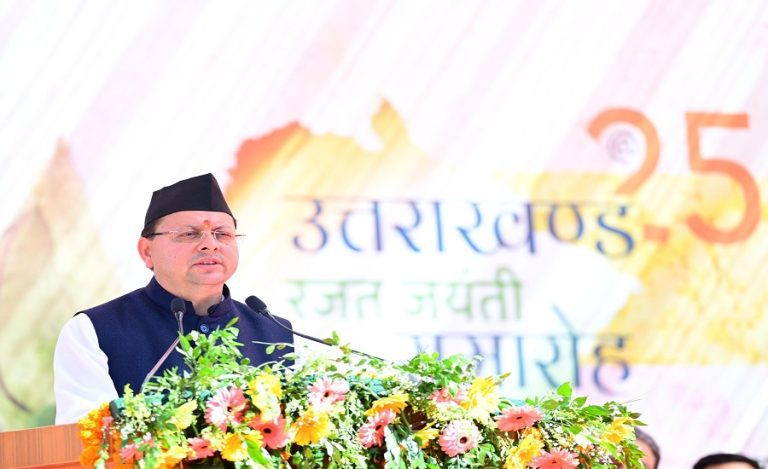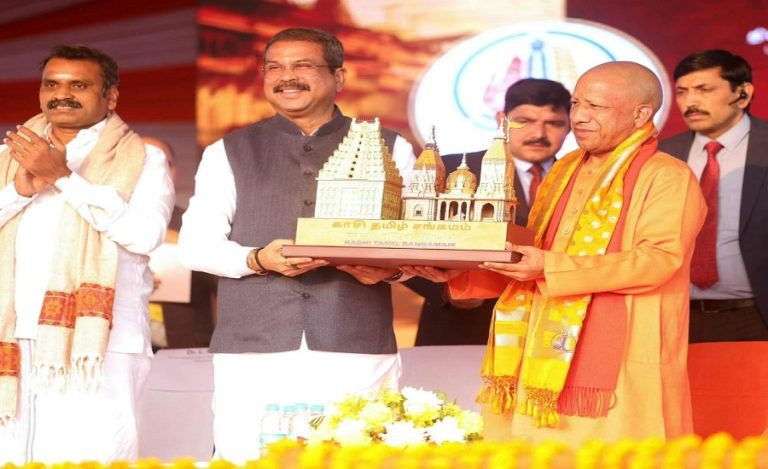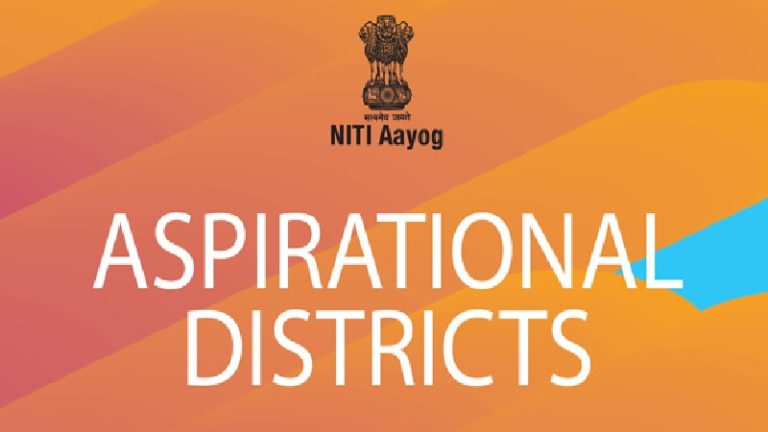As Uttarakhand celebrates 25 years of its formation, the state stands as a shining example of how infrastructure can drive inclusive development. From just 19,000 km of roads at the time of its creation to an impressive 45,000 km in 2025, the state’s road network has more than doubled, connecting remote mountain villages to opportunities, healthcare, and prosperity.
Also Read: Milam Set for Transformation: CM Pushkar Singh Dhami Boosts ITBP Morale and Tourism Plans
Officials highlight that over Rs. 11,134 crore has been invested over the past two and a half decades to bring modern road connectivity to the hills, overcoming geographical and climatic challenges. The government’s sustained focus on expanding connectivity has redefined accessibility and strengthened the foundations of rural development.
From Isolation to Integration: Changing the Face of the Hills
Before Uttarakhand became a separate state, many villages were inaccessible and dependent on footpaths or mule tracks. Patients had to be carried in palanquins, and reaching hospitals or markets was a challenge. However, in just 25 years, these hardships have transformed into convenience and opportunity.
Now, ambulances reach remote areas, and farmers easily transport their apples, tomatoes, and ginger to urban markets. Improved connectivity has also boosted tourism and made the Char Dham Yatra safer and more comfortable for millions of pilgrims.
All-Weather Roads: A Game-Changer for Devbhoomi
The All-Weather Road Project has been a cornerstone of Uttarakhand’s infrastructure expansion. It has not only enhanced the Char Dham circuit but also ensured year-round connectivity to several high-altitude districts. By cutting through hills and spanning valleys, more than 25,000 km of new roads have been built, transforming the economic and social landscape of the state.
Under central and state schemes like the Pradhan Mantri Gramin Sadak Yojana (PMGSY), many previously unconnected villages have now joined the mainstream. This has improved access to education, healthcare, and employment opportunities, bringing the benefits of development directly to people’s doorsteps.
Roads and Resilience: Battling Nature’s Challenges
Every monsoon brings new challenges to Uttarakhand’s roads. Landslides, heavy rains, and cloudbursts frequently damage the fragile mountain routes. Despite these recurring obstacles, the state government continues to rebuild and strengthen its transport network with modern engineering techniques and disaster-resilient designs.
Officials affirm that while a few villages remain to be connected, efforts are underway to ensure that every household eventually has road access. Roads in Uttarakhand are not merely infrastructure—they are symbols of resilience, growth, and the indomitable human spirit of the mountains.
Looking Ahead: The Next Phase of Connectivity
With its 25-year milestone, Uttarakhand looks toward the future with renewed commitment to rural connectivity and sustainable development. Plans are being shaped to integrate eco-friendly road construction methods, improve disaster management systems, and promote tourism through safer travel routes.
The journey that began with connecting a few mountain paths has today evolved into a robust network driving health, education, economy, and hope across the Devbhoomi.



























